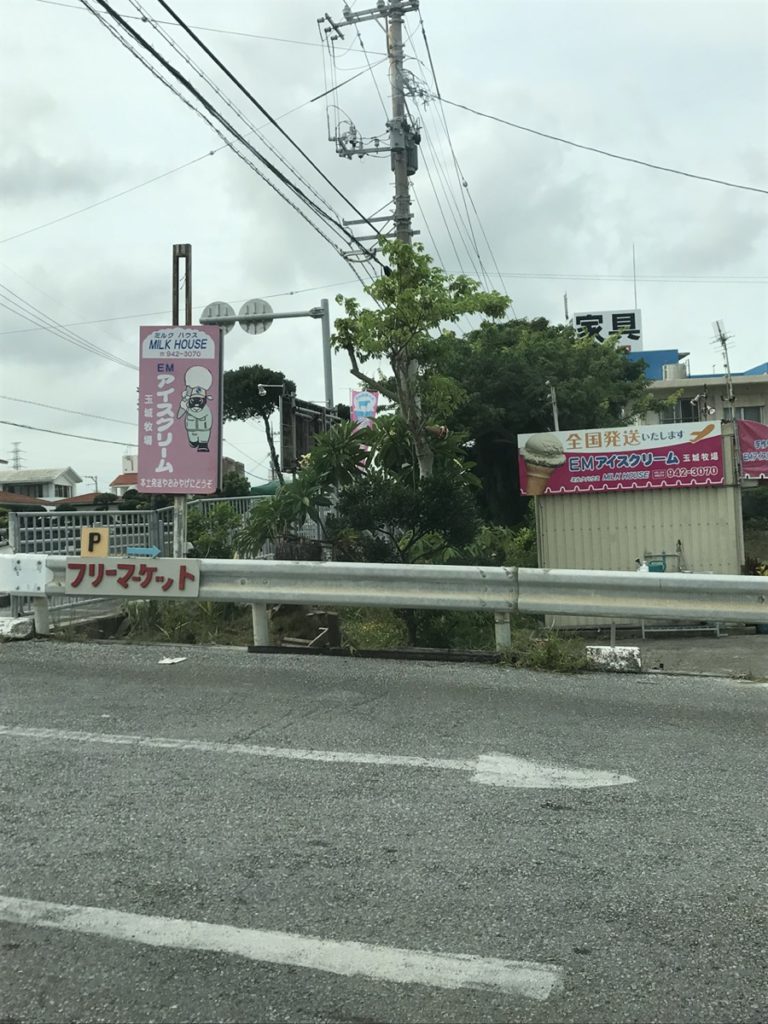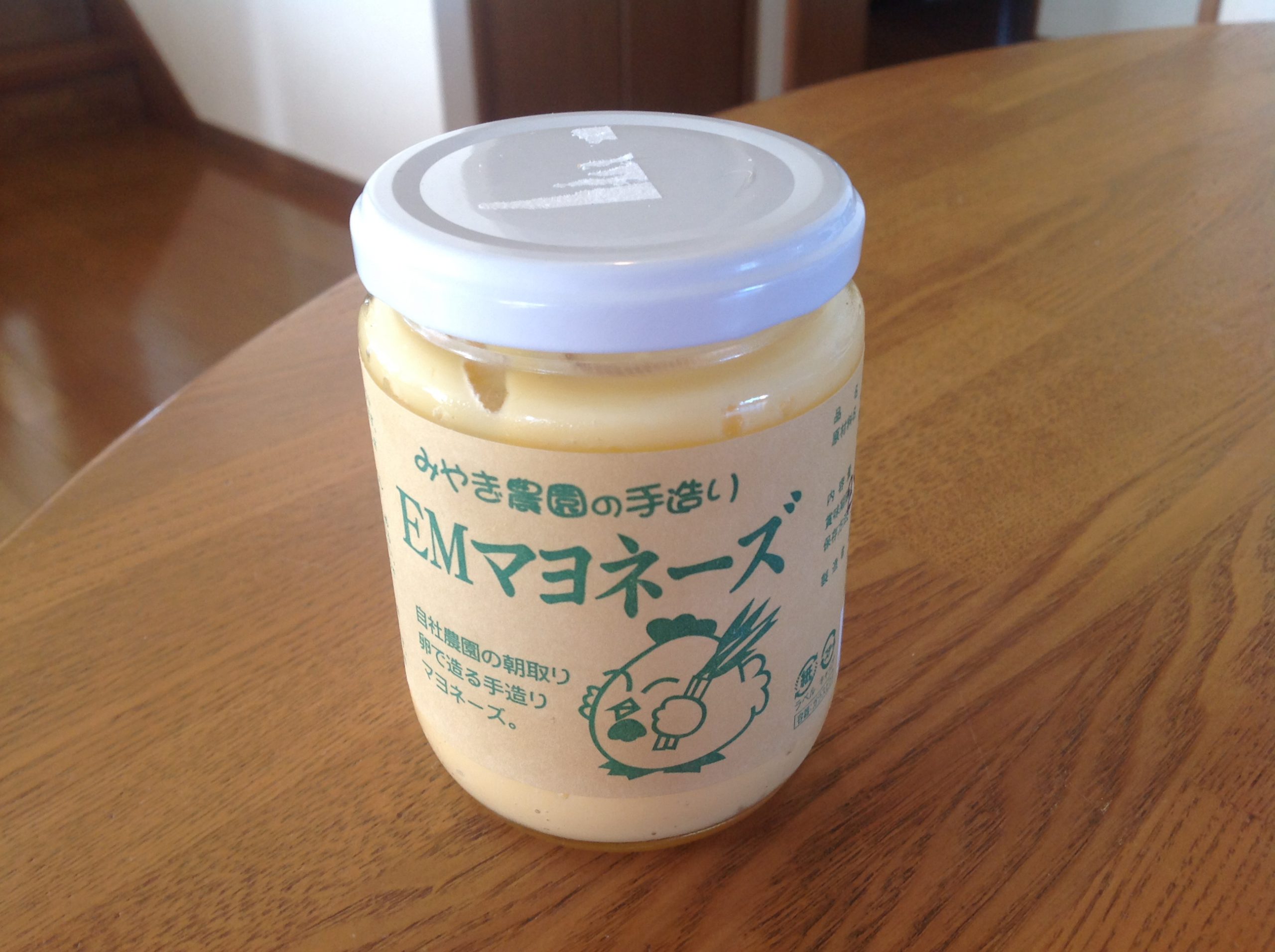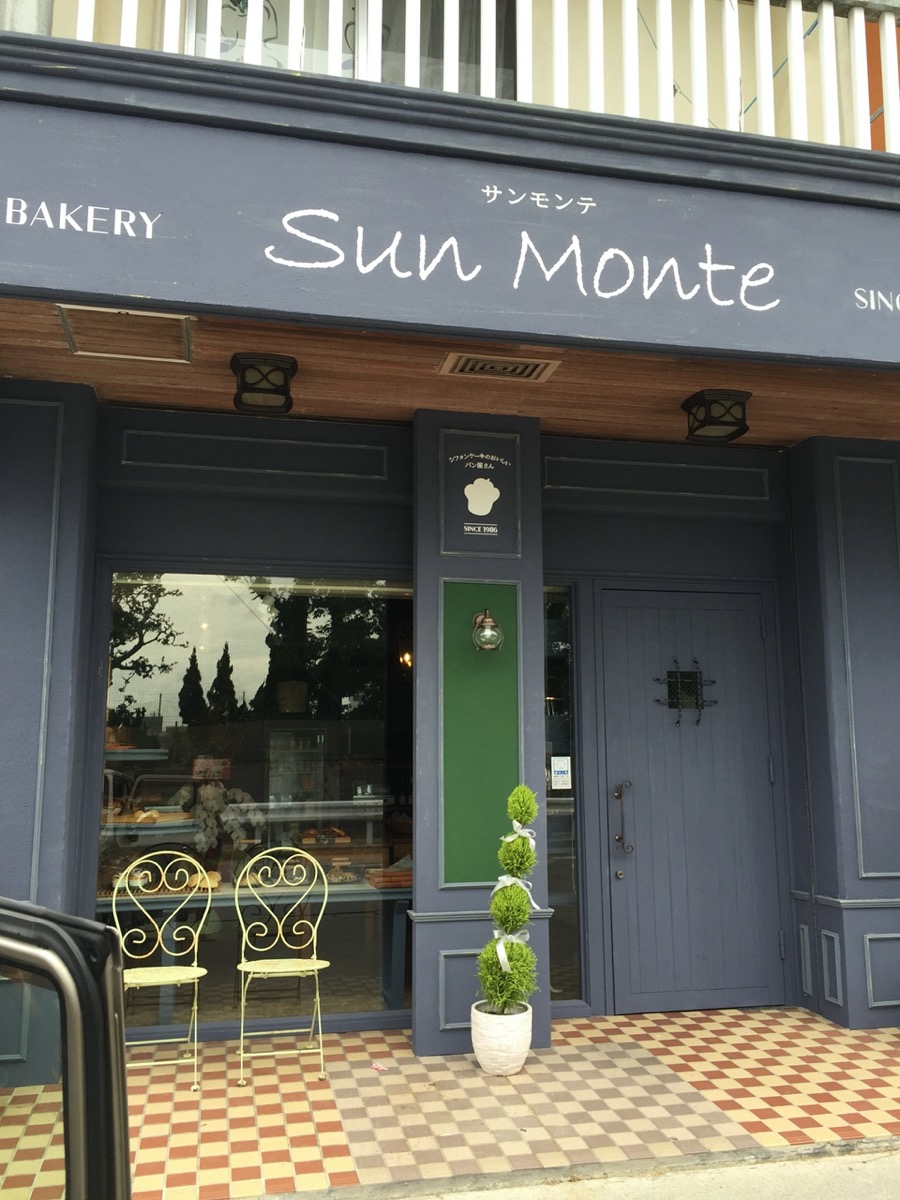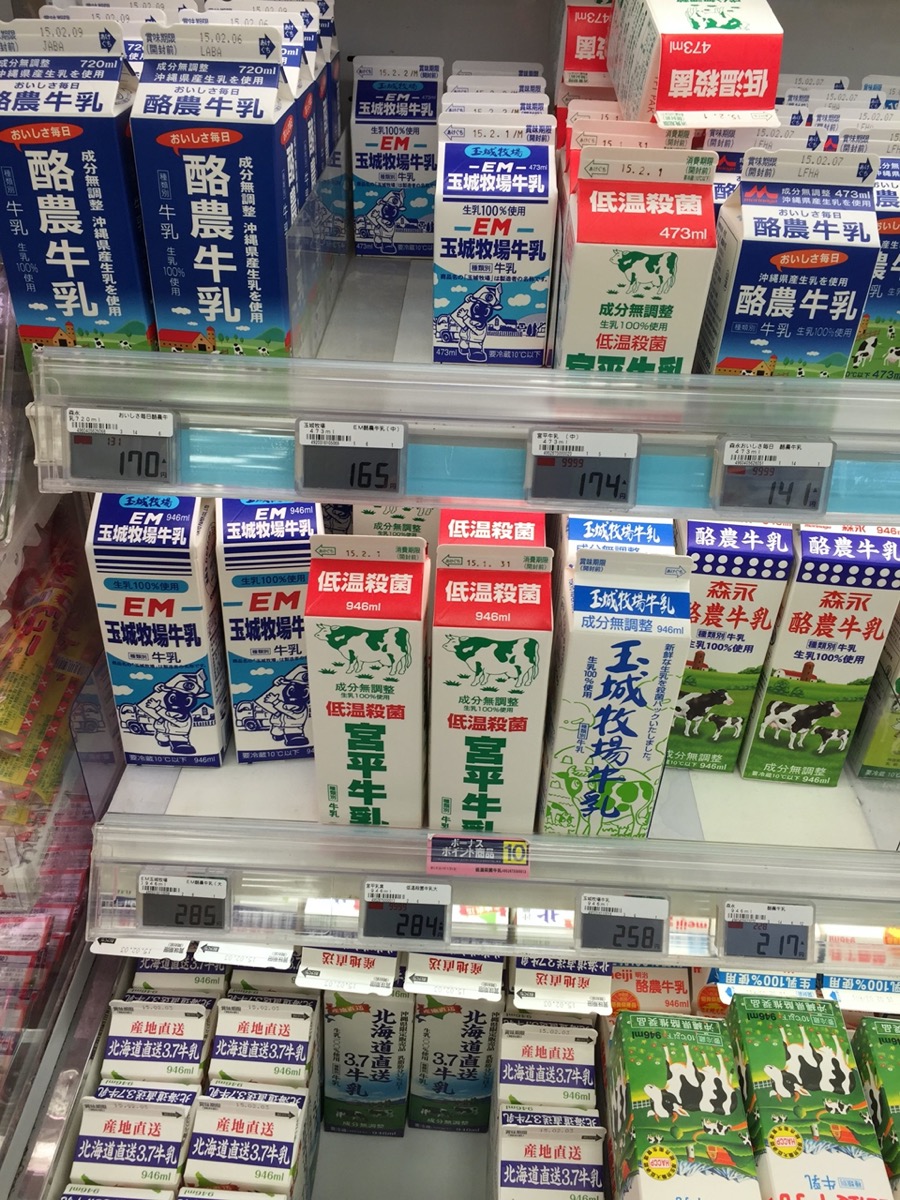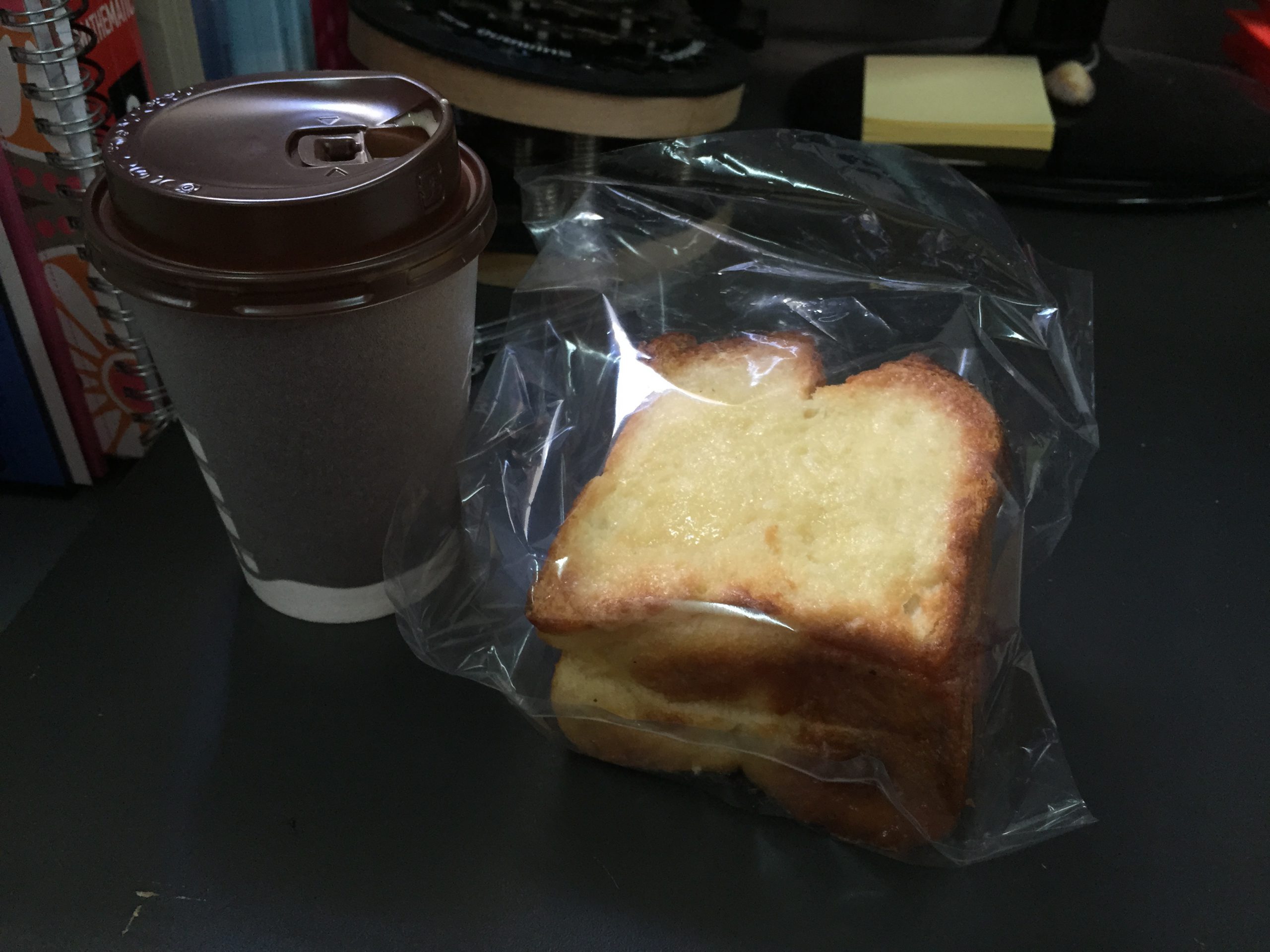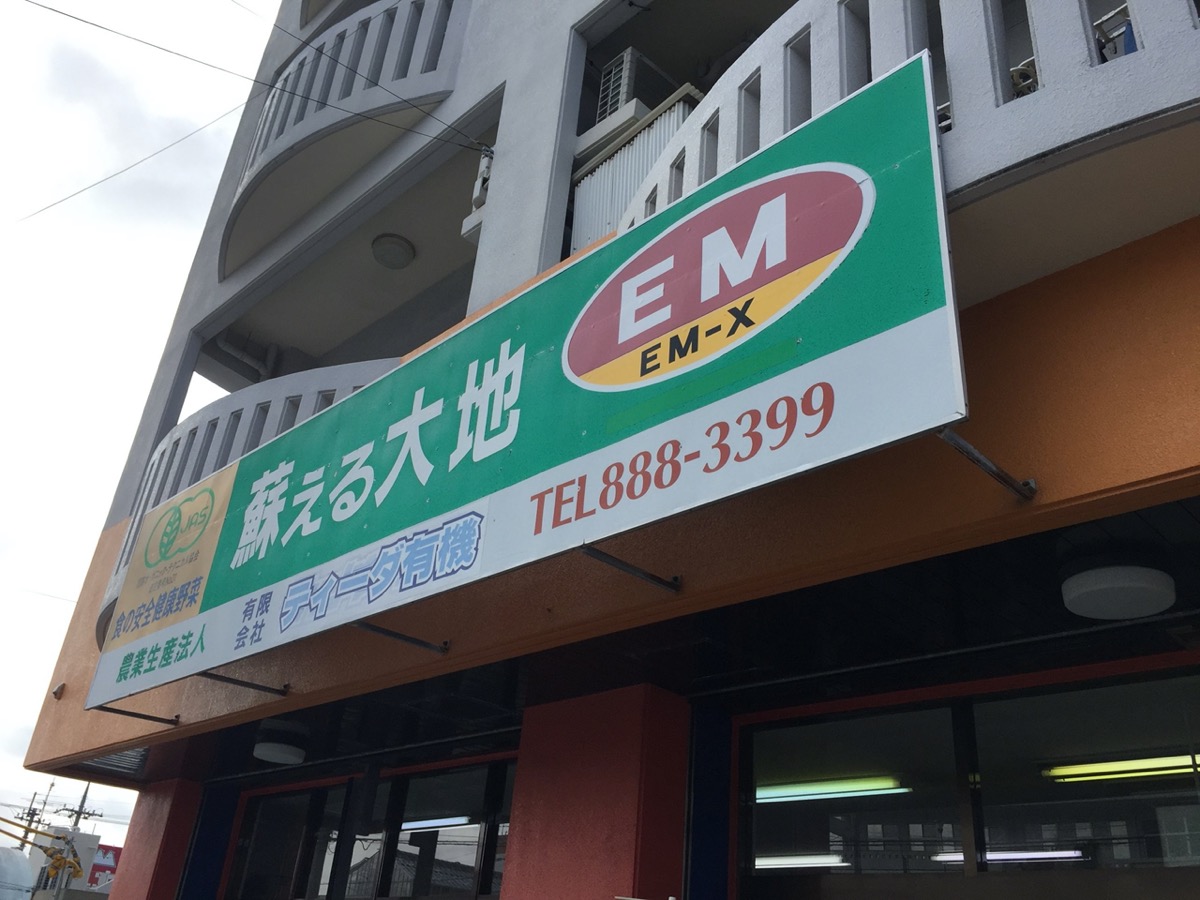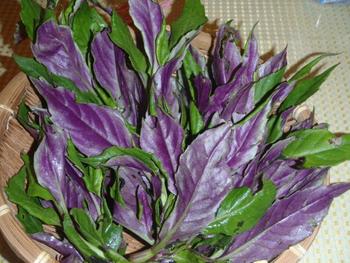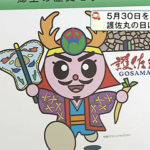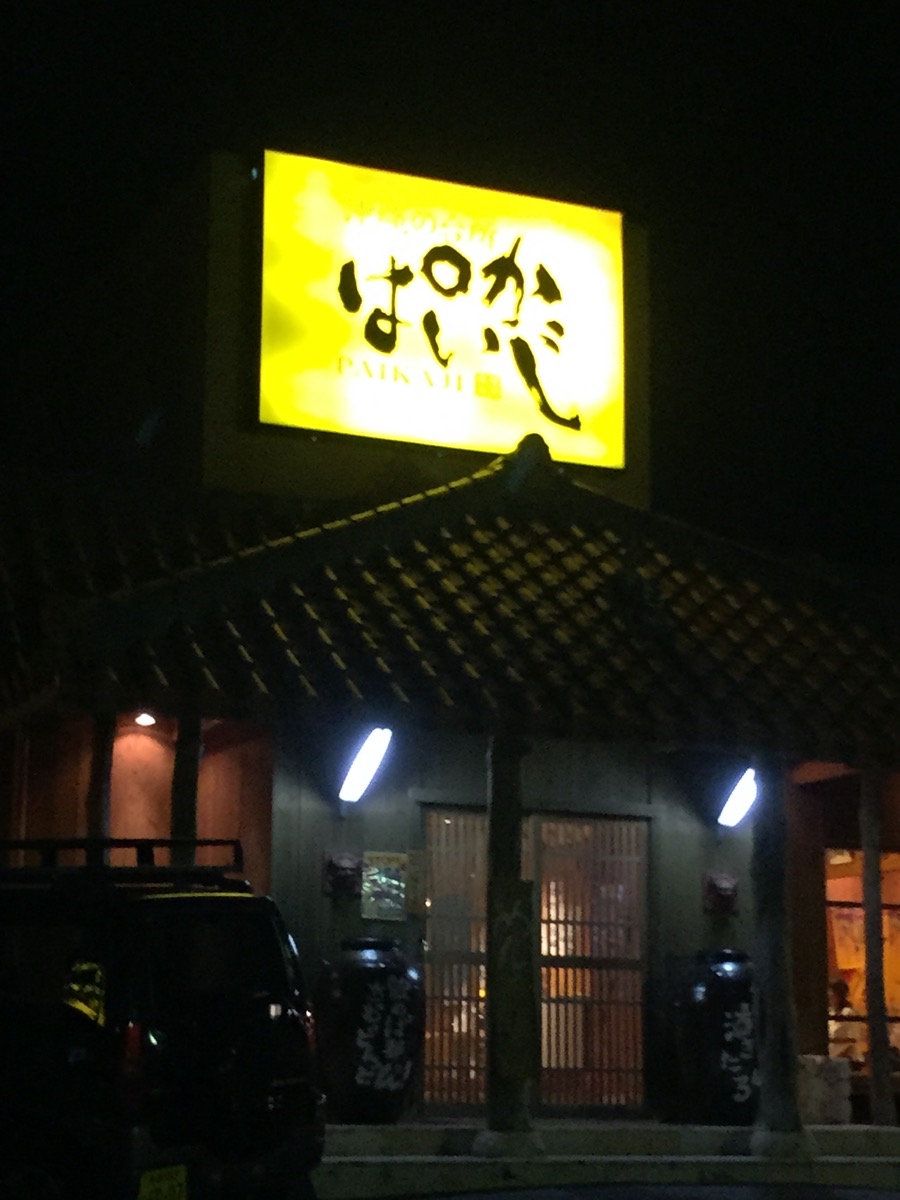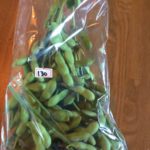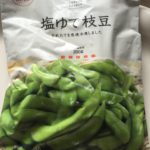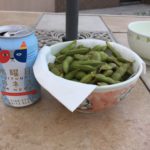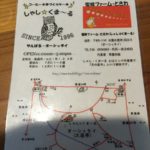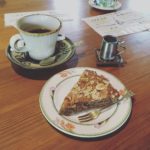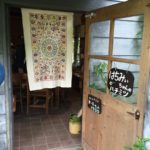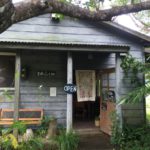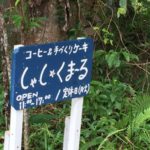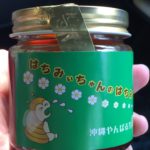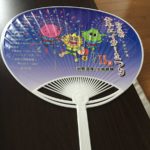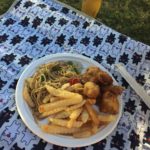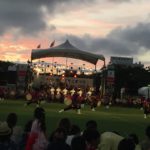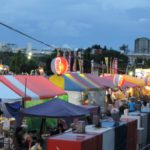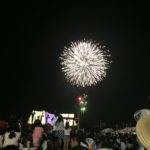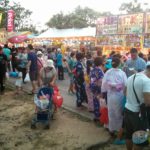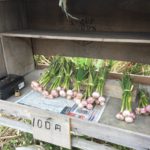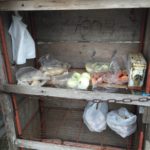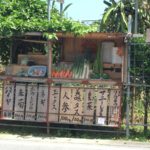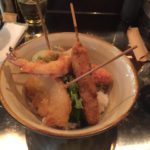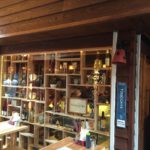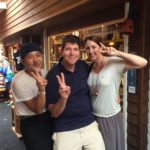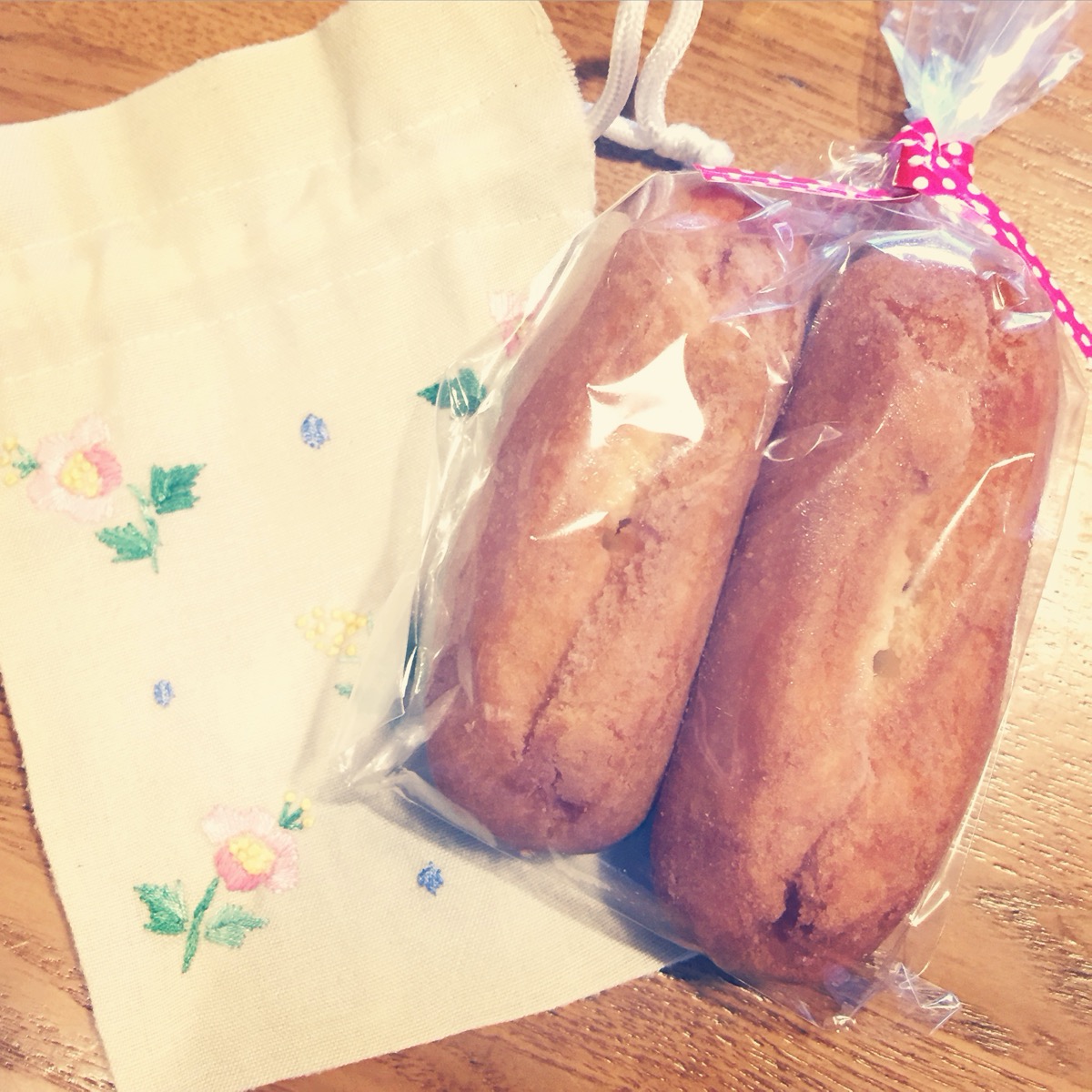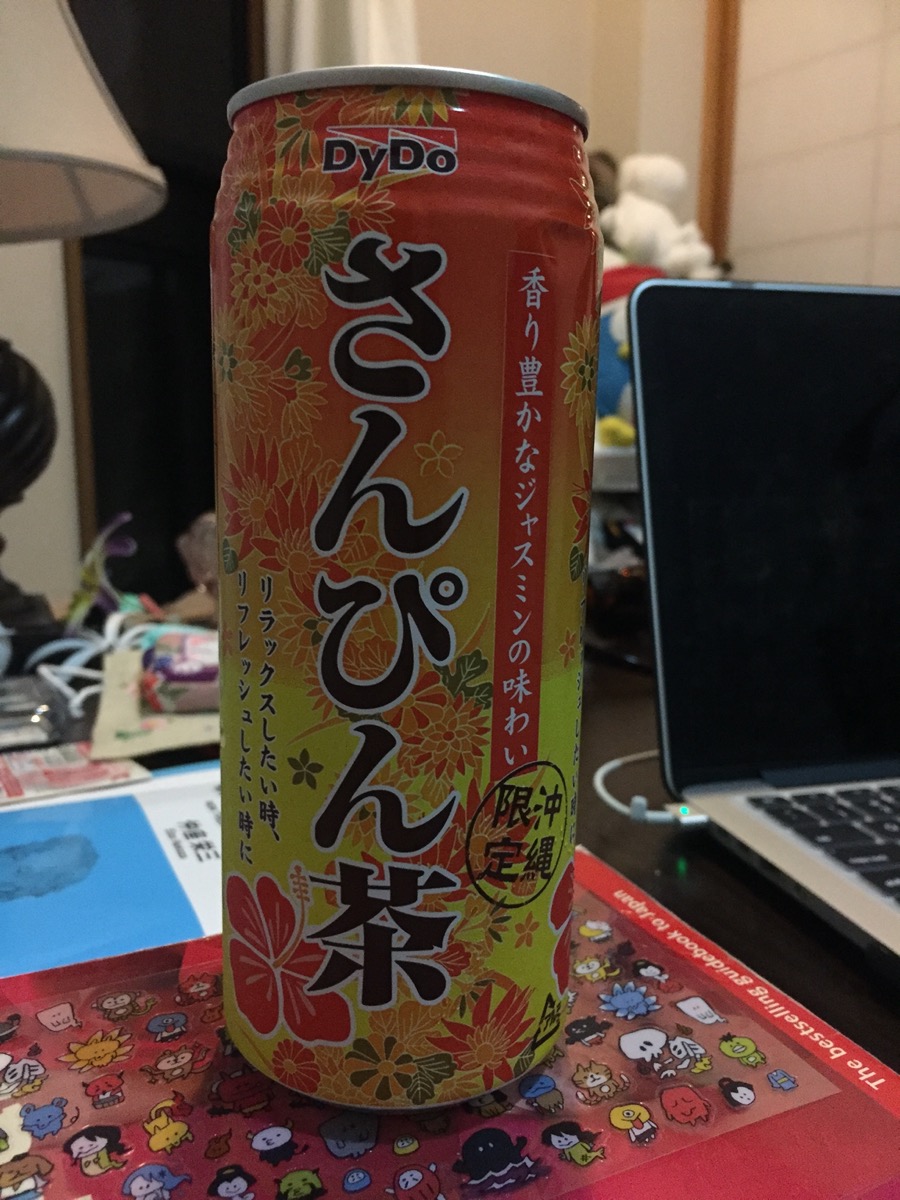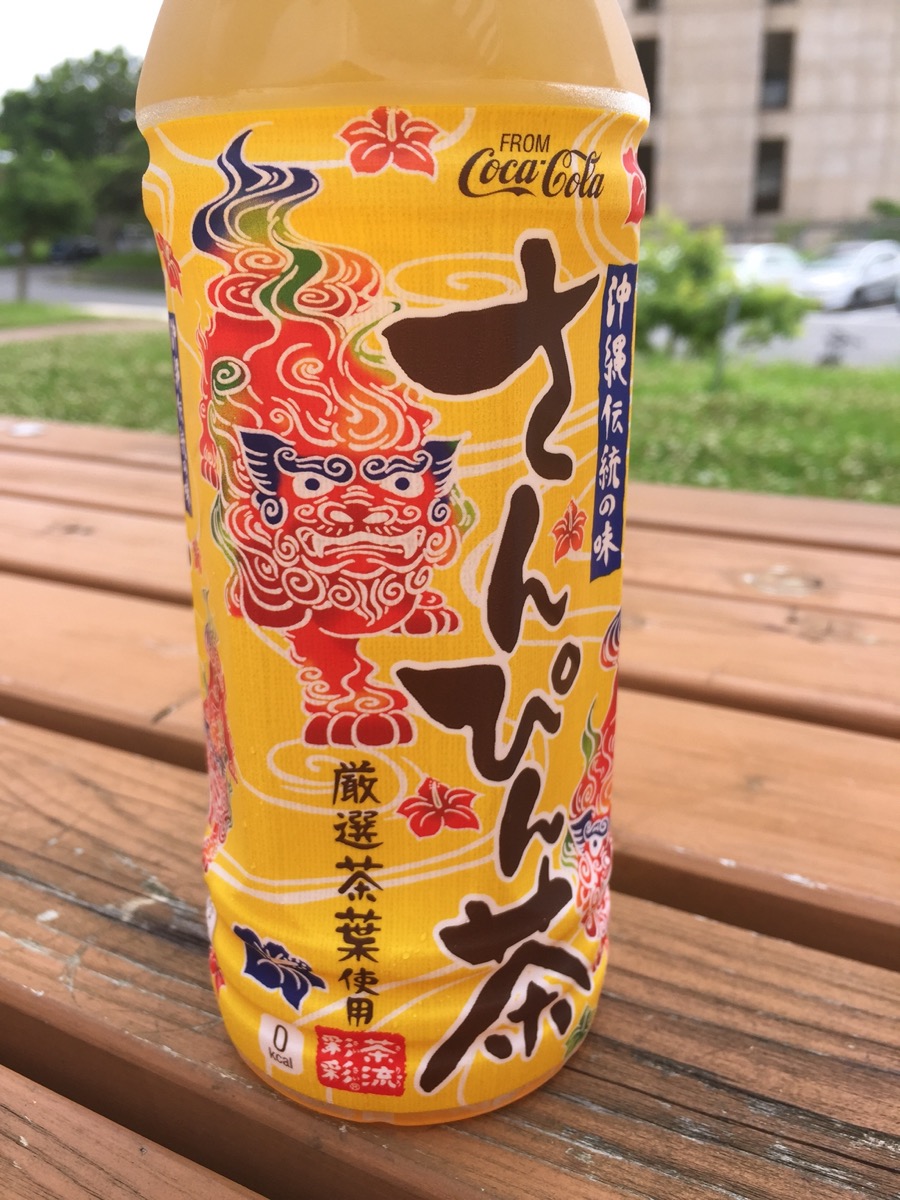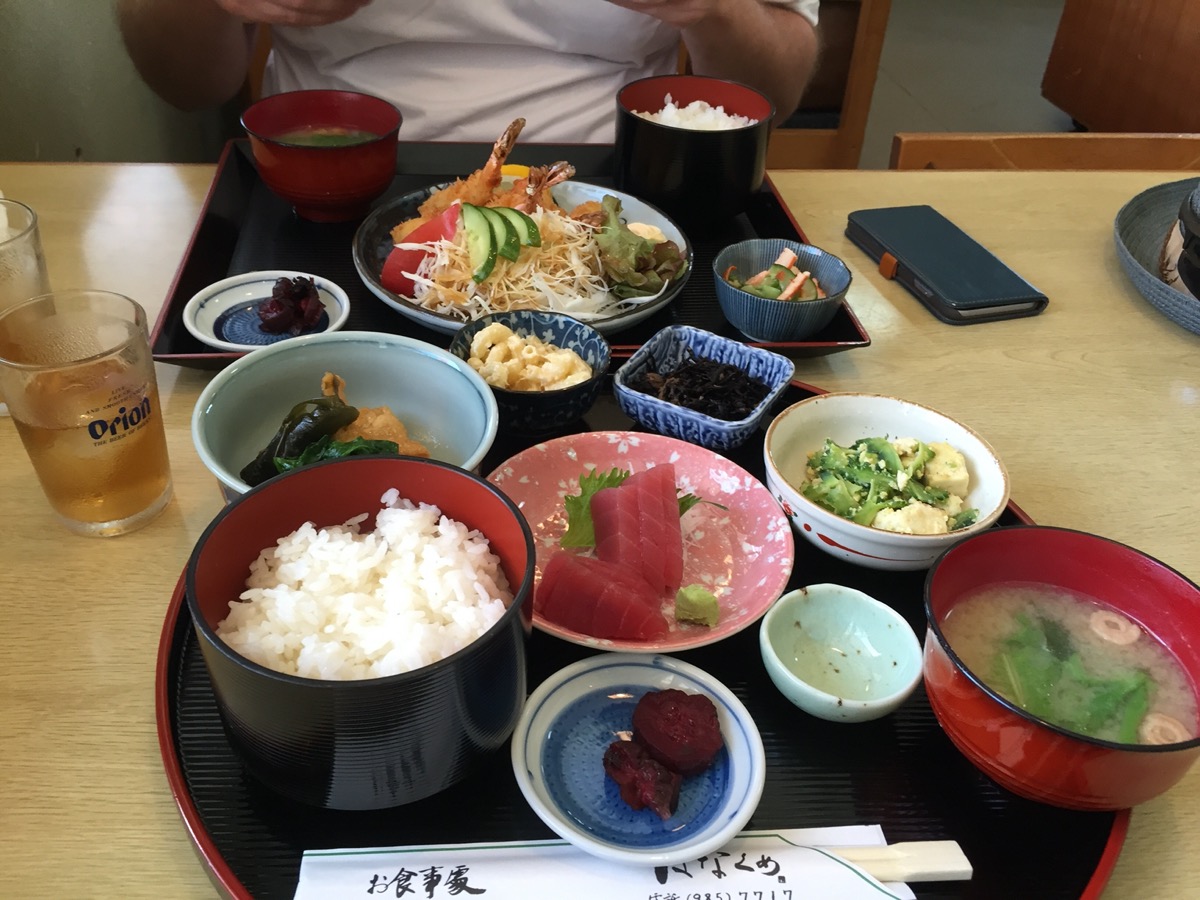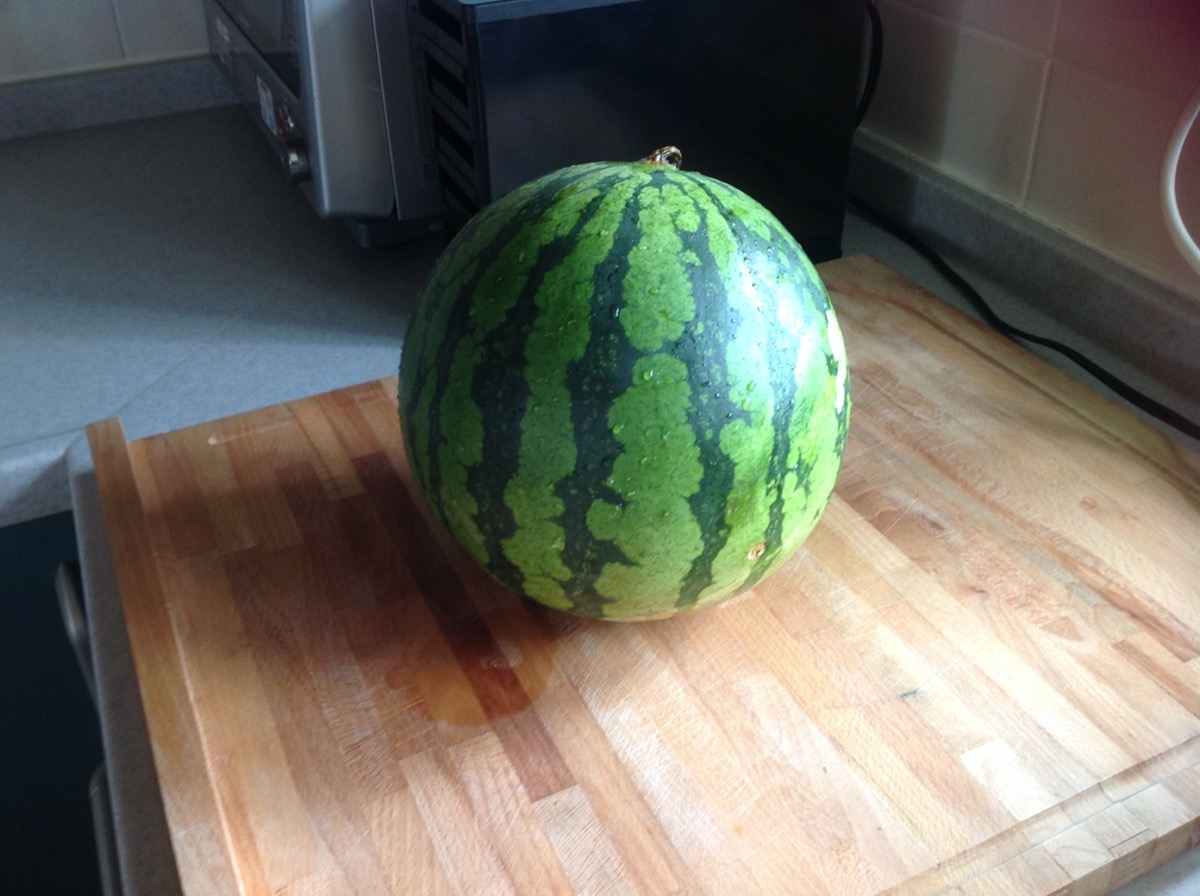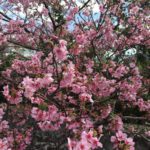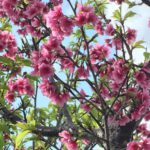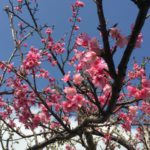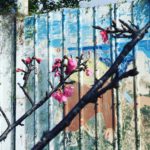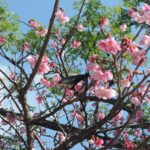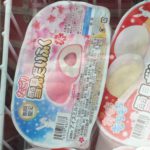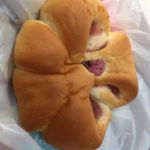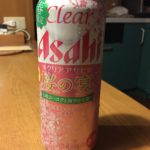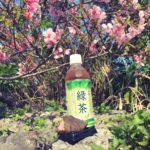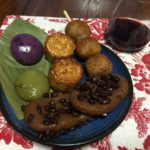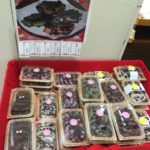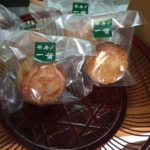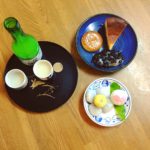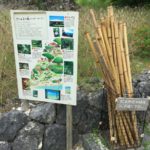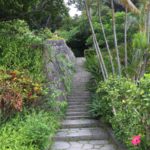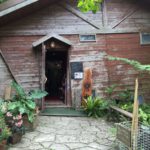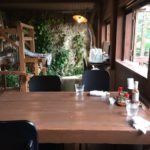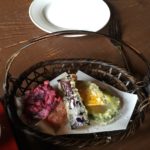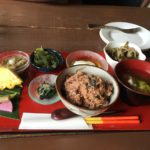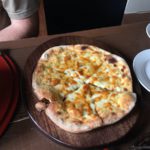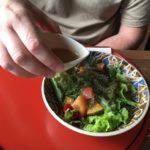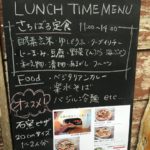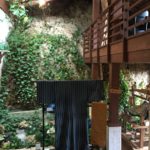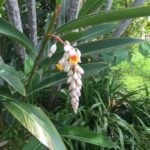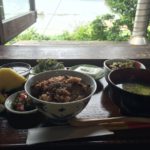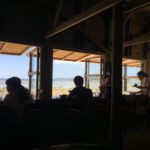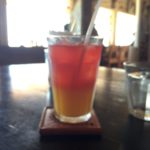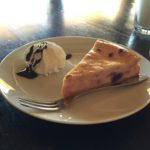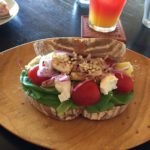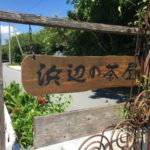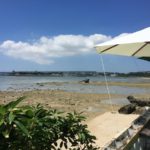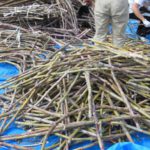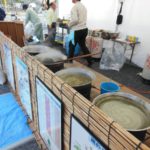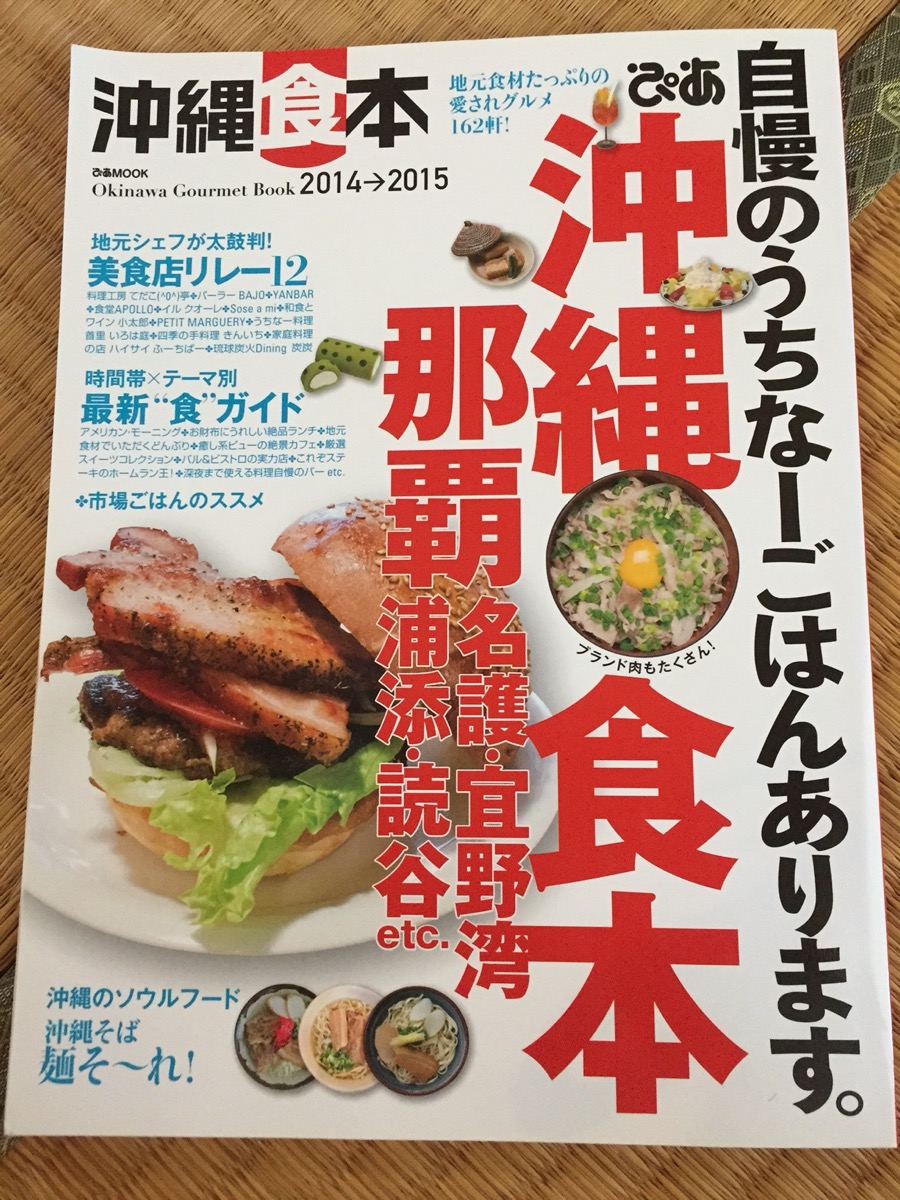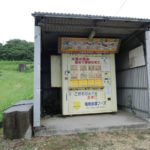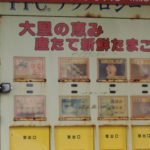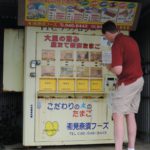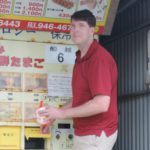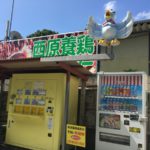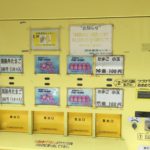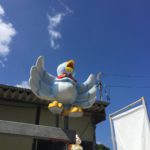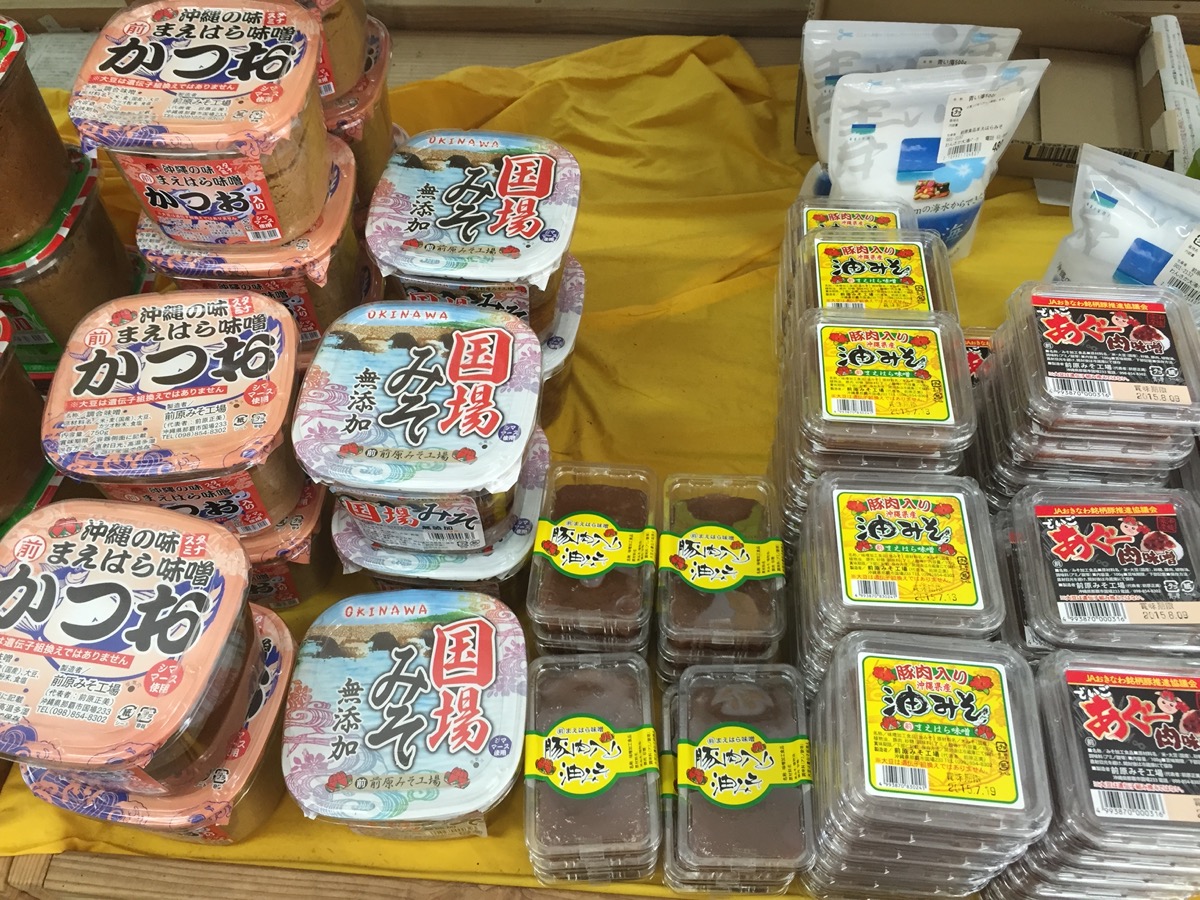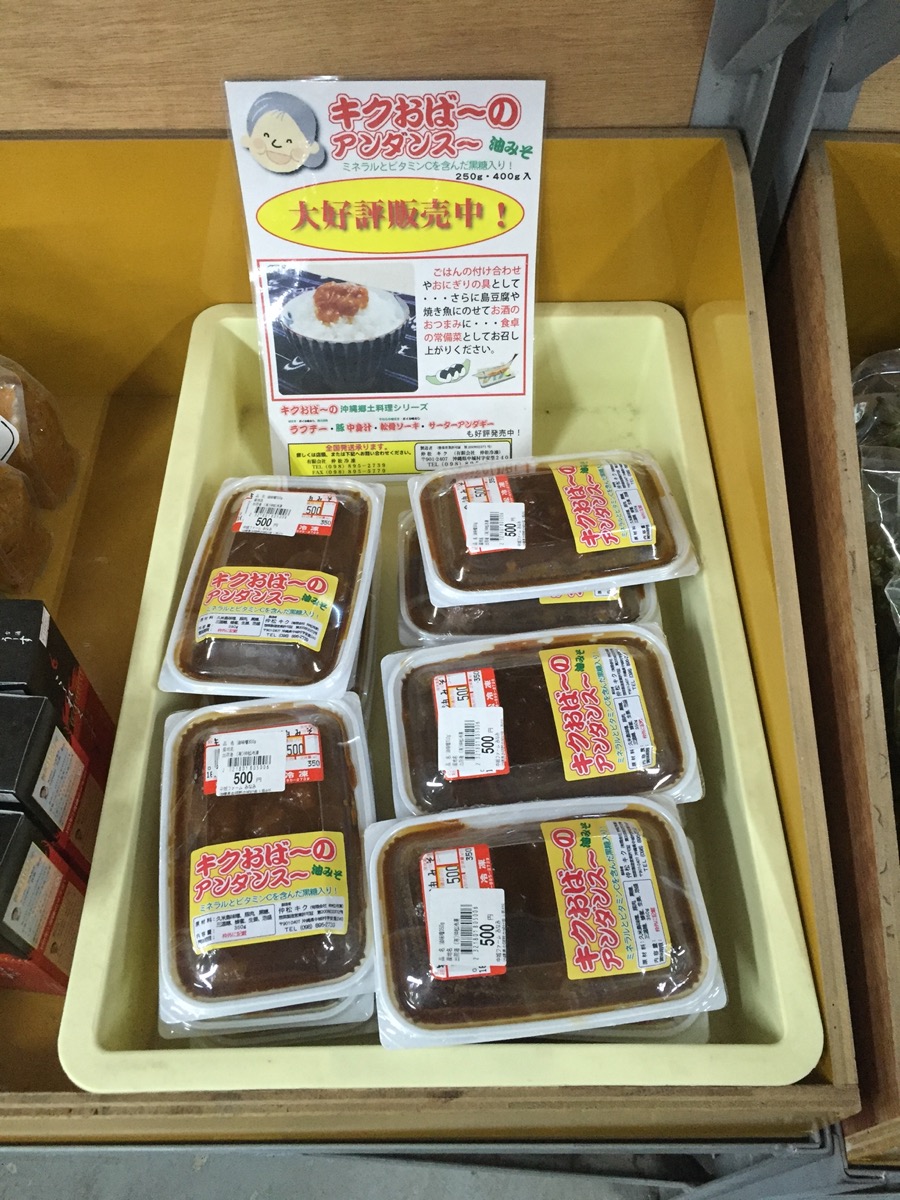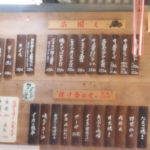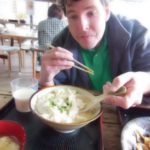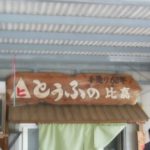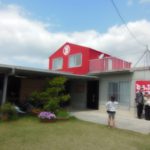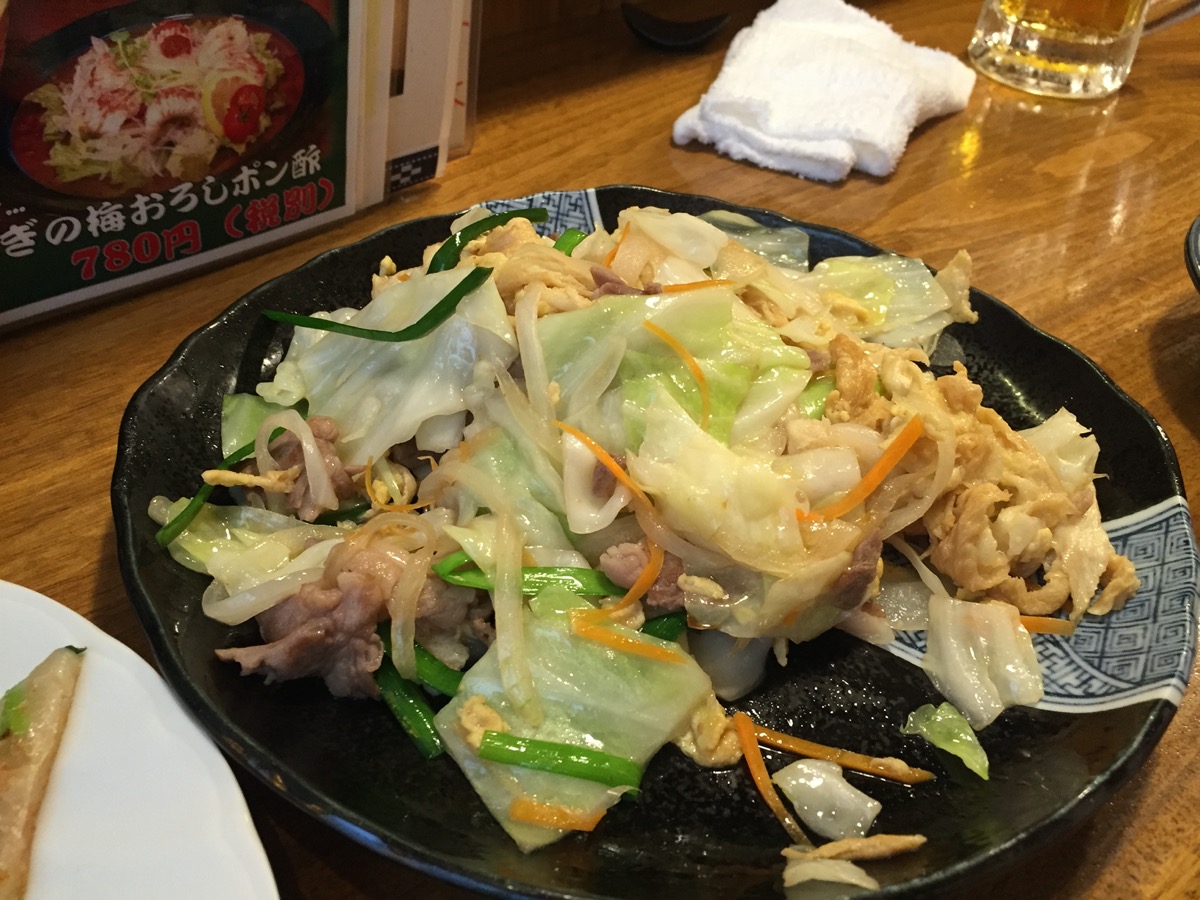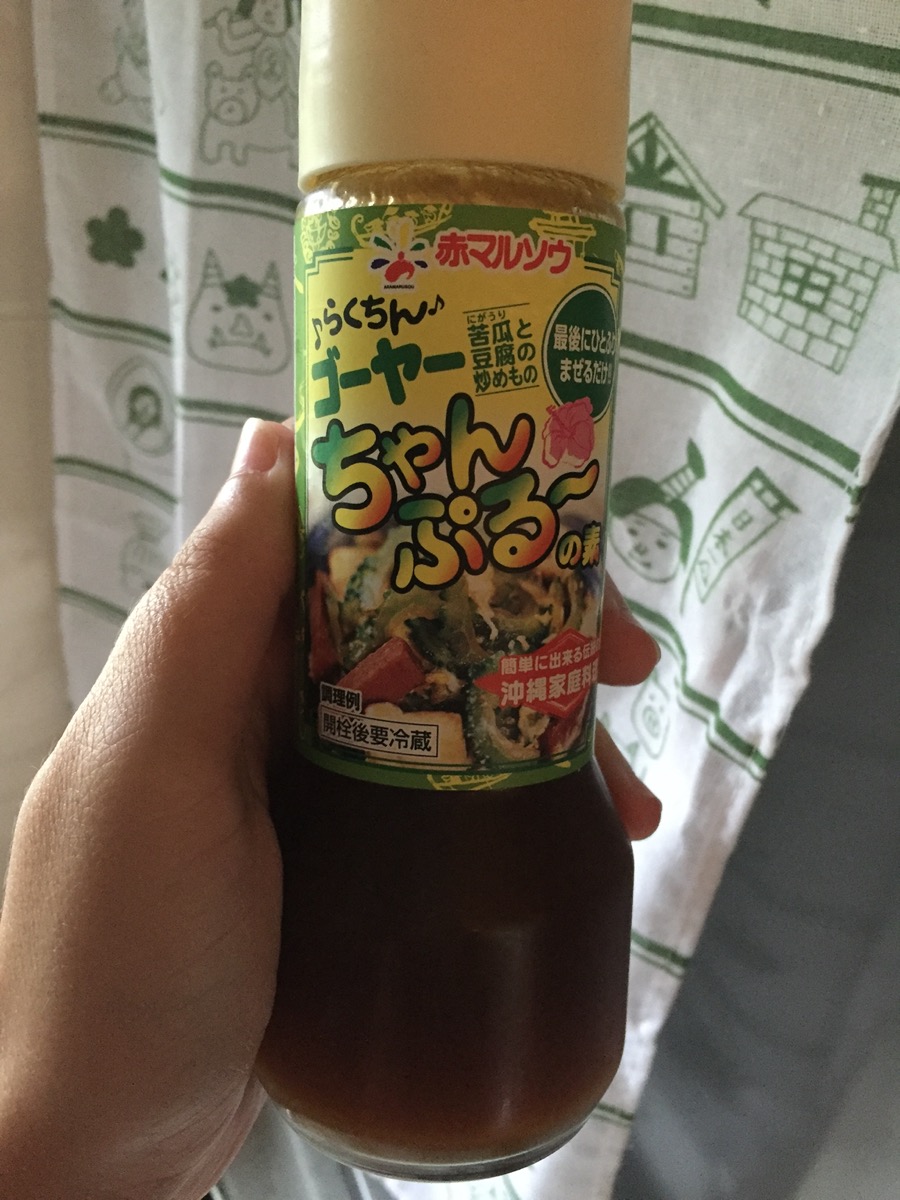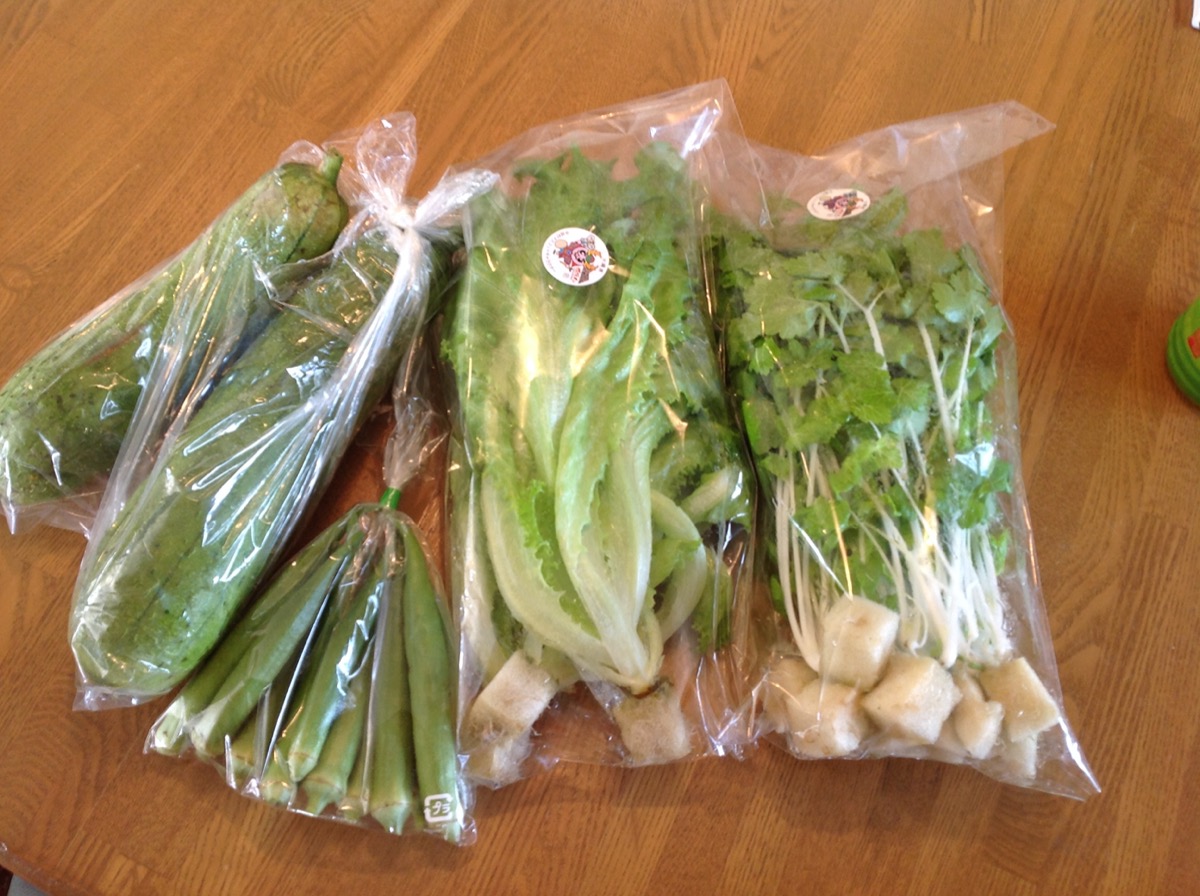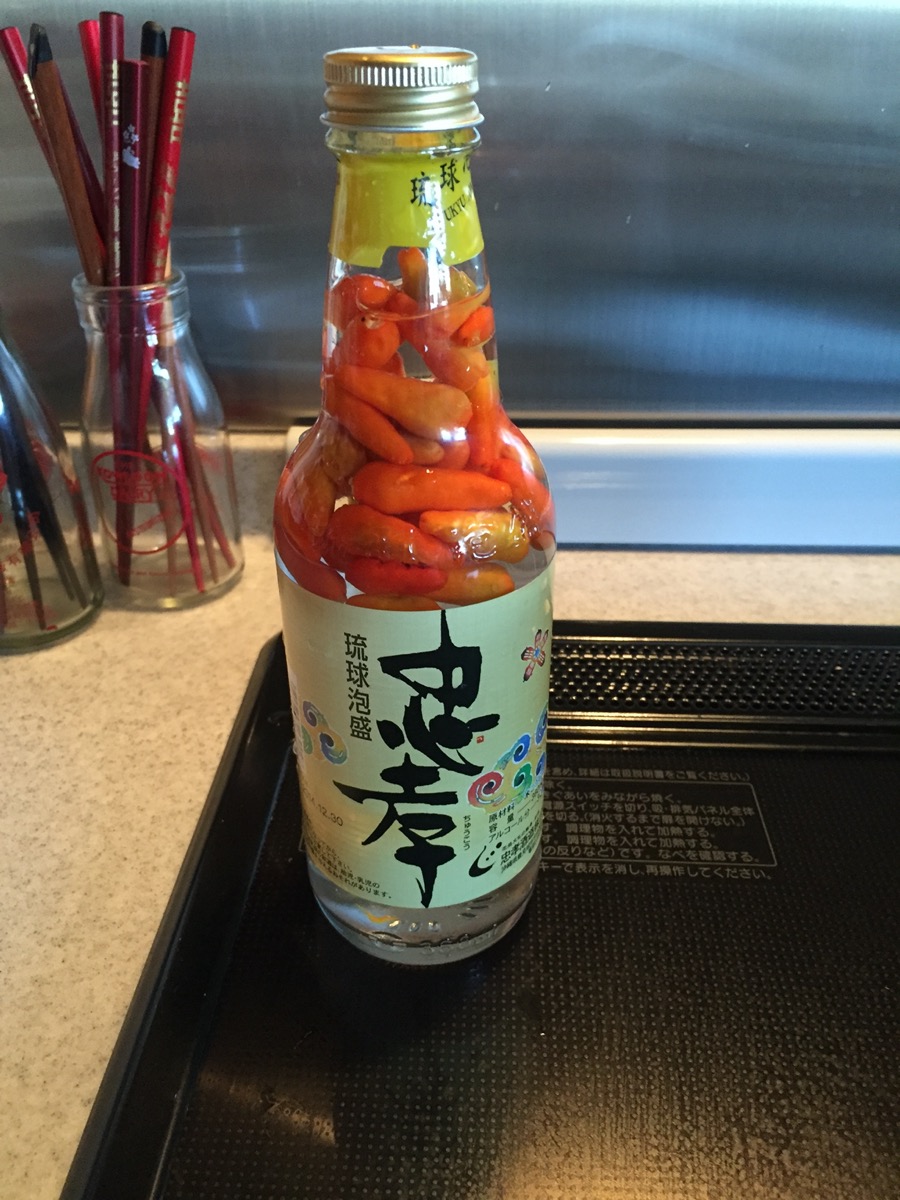Tea is all the same plant “Camellia Sinensis,” the difference is how it is grown and processed.
Tea is culturally and historically significant in Japan, as well as the rest of Asia, so let us introduce some Japanese terms to identify tea. This is a quick guide for the beginning tea-enthusiast who has relocated to Okinawa and is interested in figuring out how and what to purchase.
茶 cha: This just means tea. Okay, maybe you knew that one already.
緑茶 ryokucha: this simply means green tea. There are several types listed as following.
煎茶 sencha: This is the most common drinking tea in Japan. It is grown in full sun. Besides in the form of leaves, sencha can also be in the form of a powder (粉), so it can be difficult to distinguish from matcha if you do not know what to look for.
玉露茶 gyokuro cha: This tea is a very high quality green tea; less than half of one percent of all Japanese green tea ends up as gyokuro. About three weeks before harvest, the tea plants that are reserved for gyokuro are put under 90% shade (same as matcha). This changes the characteristics of the resulting tea quite a bit. Due to the extra labor and care involved, gyokuro green tea is considerably more expensive than other types of green tea.
抹茶 matcha: The leaves are crushed into a fine powder. Matcha is used in tea ceremony and for making sweets and confections; it is not typically drunk everyday, but on special occasions. It is grown in the shade like gyokuro cha. A simple way to think of it is matcha is powdered gyokuro cha.
**You may see 抹茶入る : this means that matcha is used but not necessarily exclusively. Many drinks and powders will advertise this, but it is frequently mixed with sencha (or possible other types of tea), so read carefully.
Some notes of interest: earlier or first harvests are typically higher quality, however also higher cost. A really superb, high quality Japanese green tea will never really be cheap. Kyoto Uji cha (京都宇治茶) is renown for its high quality.
Some people prefer organic products, so be on the lookout for 有機 pronounced “yuuki” on the label.
Other types of tea to be familiar with:
新茶 shincha: This is called new tea, which is a first harvest tea. It is described as having qualities of sweetness. Typically shincha is considered very good quality.
番茶 bancha: a late harvest green tea. Since the quality of late harvest green teas are lower than the first harvest, it is often this is used to make some other unusual types of green tea such as genmaicha (described below), and another type known as houjicha, which is baked and produces a reddish color liquid with little to no caffeine.
玄米茶 genmaicha: This is green tea mixed with roasted (puffed) brown rice.
ほうじ茶 houjicha: This is made using roasted tea leaves, giving it a mild taste with much less bitterness; good fragrance and typically low caffeine.
紅茶 koucha: This is black tea; the leaves are completely fermented.
烏龍茶,ウーロン茶 uuron cha: oolong tea, Chinese style tea which involves withering the plant under strong sun and oxidation.
さんぴん茶 sanpin cha: The popular Okinawa jasmine tea! Also considered Chinese style tea, with a lovely fragrance. On the mainland it is usually labelled ジャスミン茶 Jasumin-cha.
麦茶 mugi-cha: This is barley tea, so not even from the “Camellia Sinensis” plant, instead made with roasted barley. Caffeine-free. I include this one simply because you see it quite commonly.
うっちん茶 ucchin-cha (Okinawan) or ウコン茶 ukon-cha (Japanese): This is another Okinawan tea, this time made from turmeric. This is also very low in caffeine and supposedly excellent for you health (especially liver). I mention liver health because Japanese, Okinawans in particular, seem to drink alcohol quite a bit, so ukon is used as a health supplement around here.
グァバ茶 guaba-cha: Guava tea. Also caffeine-free, made from guava leaves, and supposedly healthy for you.
ハイビスカス茶 haibisbusu cha: Hibiscus tea. This is a pretty pink-red color herbal tea, made from roselle, the part of the hibiscus flower. It tastes a little “fruity.”
Everything said and done, buy what you like to fit your tastes, budget, and use. Whenever possible, try a sample and decide for yourself. My husband likes the tea from Higashi village (東村) from here in Okinawa, and it is very affordable (okay, cheap, it is by no means high quality, simply local)… so taste is relative. There are places you can sample and buy tea: Naha downtown Ryubo department store, Lupicia at the new Rycom mall, tea shop in American village Aeon are some examples. Otherwise, you can shop the farmers markets and grocery stores for more basic teas.
As a last reminder check 産地 for origin of the product. 国産 means domestic Japan, 中国 is China, 韓国 is South Korea. Depending on the quality of the tea, it may also show the locality within Japan. 静岡 Shizuoka, 鹿児島 Kagoshima, 三重 Mie, 京都 Kyoto, 神奈川 Kanagawa, 愛知 Aichi, 福岡 Fukuoka, 熊本 Kumamoto, 宮崎 Miyazaki, 岐阜 Gifu, and 佐賀 Saga are some of the tea regions in Japan. Tea from Okinawa will be labelled 沖縄産. Different countries and regions have different characteristics in flavor and fragrance; I have enjoyed visiting and exploring many tea-growing regions here in Japan, South Korea, and Taiwan, and I encourage everyone to do the same as it is quite a relaxing and amazing experience. No trip to Japan (or Asia for that matter) is complete without a stroll through a major tea-producing region’s fields.
Hopefully this quick guide provides some useful information for your next trip to the Okinawan grocery or other specialty store as you look for the green tea of your choice.
This is only the tip of the iceberg… I have not even included all the herbal or other specialty teas. Maybe in another post for another time.
For a unique experience in Okinawa, try Bukubuku cha, a type of Okinawa tea ceremony.
If you are more interested in Chinese tea, there are some spots in Okinawa to try Gongfu tea.
